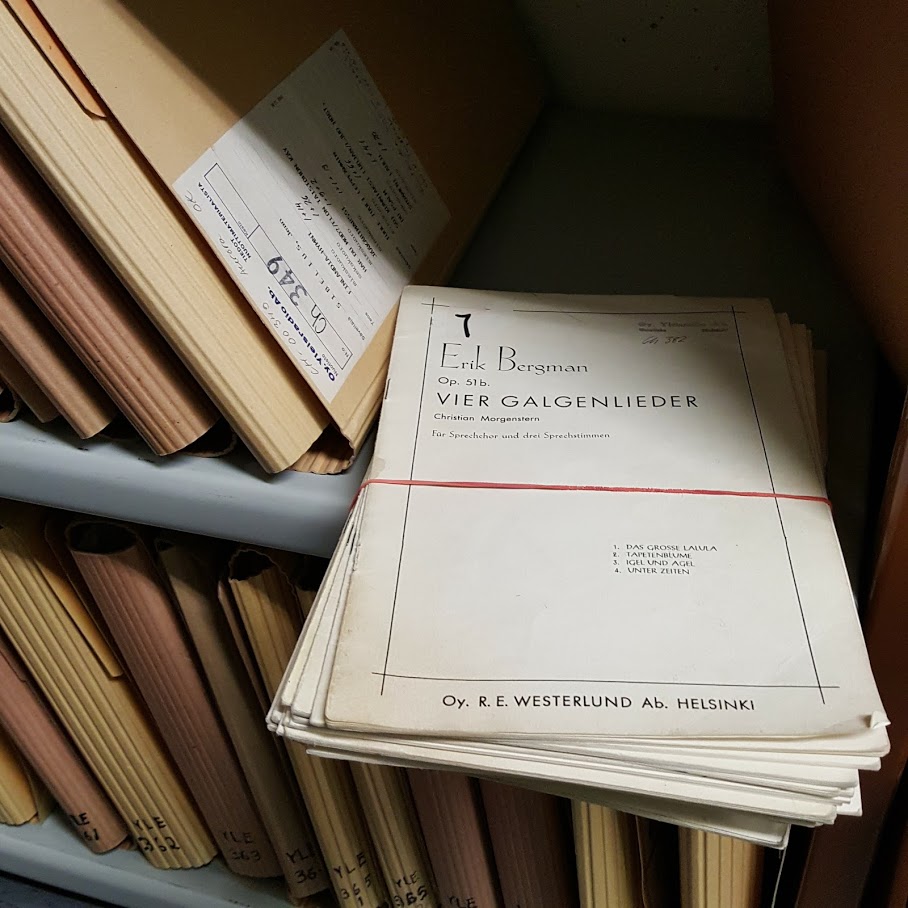
The University of the Arts Helsinki is a multidisciplinary arts university, ranging from deep artistic research to more traditional scientific research. The diversity of research traditions also influences the materials offered by the university library. The University of the Arts’ resources – both electronic and printed – support the University’s activities. At the same time, the long-standing and increasing diversity of research and the search for interaction between disciplines such as social sciences is placing increasing demands on the library’s resources. Art-related research in the broadest sense is constantly and actively renewing itself.
Since last autumn, there has been much discussion in the press and media about what constitutes artistic research and what conditions must be met in order to talk about artistic research. Our university itself is trying to communicate the complexity of the issue. The notion that any research done with art and in any way in the name of art is artistic research is a misconception. Artistic research always has a defined way of doing research, no matter how experimental it is. Research can be exploratory, investigative and based on artistic processing.
The materials used in art research are also diverse, and as an arts university library we need to be able to offer a wide range of materials. For example, in the field of musicology, sound or audio-visual materials, sheet music (in both its graphic and sounding dimensions), recordings in various forms, and the associated covers, journals and prefaces are used as a valid sources for research. It is essential how the materials are used. Scientific criticality and literacy in reading sources are essential skills to interpret these materials. The reputational damage caused by one unfortunate dissertation in one university cannot tarnish an entire field of research. On the other hand, even within the research field, we must strive for a clear argumentation of what constitutes art research.
One feature that has sparked discussion is related to theses in the field of art, since they are as diverse as the sources. Different types of doctoral theses can range from academic scientific dissertations to multimedia doctoral theses, or to integrated theses with artistic components. One of the platforms used by the University of the Arts Helsinki for multimedia theses is Research Catalogue, which enables the presentation of multimedia realizations, i.e. exhibitions, and the combination of sound, image, and text. Take a look!
The current social debate does not sufficiently recognize the importance of art and art-related research. However, there is a growing recognition that art has a significant impact on society, as the WHO has stated in its reports. Art and participation in the arts can reduce stress and anxiety. These findings are the result of a combination of art making, the experience of making, and collaboration with a number of neighboring disciplines such as brain science and social sciences. Art-related research should therefore not be seen as an isolated cultural-elitist island but should be recognized as having a social relevance. Populist rhetoric about the irrelevance of art and culture will not help. I still believe in the ancient saying: Ars longa, vita brevis.
Tommi Harju
Library Director
University of the Arts Helsinki
